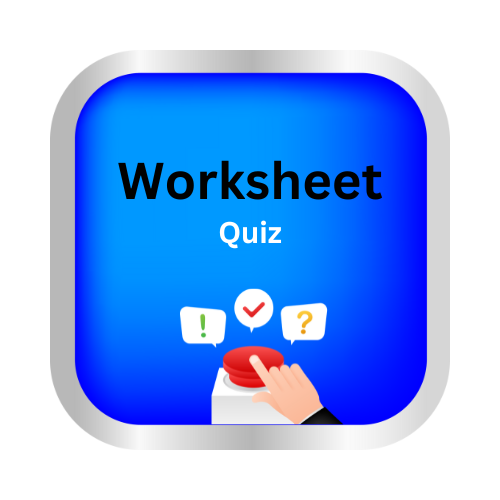Protection Against Earthquakes
Key Notes :

- Understanding Earthquakes:
- Earthquakes are natural disasters caused by the sudden release of energy in the Earth’s crust.
- They result in the shaking and movement of the ground, which can lead to significant damage and danger to people and property.
- Earthquake Causes:
- Most earthquakes occur due to the movement of tectonic plates beneath the Earth’s surface.
- Focus (hypocenter) and epicenter are the two main points of an earthquake’s origin.
- Measuring Earthquakes:
- The Richter scale and the moment magnitude scale (Mw) are used to measure the magnitude or size of earthquakes.
- The Modified Mercalli Intensity (MMI) scale assesses the earthquake’s effects at specific locations.
- Protecting Lives During an Earthquake:
- Drop, Cover, and Hold On: The recommended action during an earthquake to protect yourself.
- Stay away from windows, glass, and heavy objects that could fall.
- If outdoors, move to an open area away from buildings, trees, and power lines.
- Building Safety Measures:
- Engineers design earthquake-resistant buildings using techniques like base isolators and flexible materials.
- Retrofitting older buildings can help improve their earthquake resistance.
- Emergency Preparedness:
- Create an emergency kit with essentials like food, water, first aid supplies, a flashlight, and batteries.
- Develop a family emergency plan, including a meeting place and contact information.
- Practice earthquake drills regularly.
- Community Planning:
- Communities should have disaster response plans in place.
- Zoning laws can limit construction in high-risk areas.
- Building codes and regulations should be enforced to ensure earthquake-resistant construction.
- Early Warning Systems:
- Some regions have early warning systems that can provide a few seconds to a minute of warning before shaking begins.
- Post-Earthquake Safety:
- Be cautious of aftershocks that may follow the main earthquake.
- Check for gas leaks, fires, and structural damage in your home.
- Listen to local authorities and follow their instructions.
- Education and Awareness:
- Understanding the risks and knowing how to react is crucial.
- Schools, communities, and media play a vital role in educating people about earthquake safety.
- Global Efforts:
- International organizations and governments work together to share earthquake data and promote research on earthquake prediction and safety.
- Personal Responsibility:
- Everyone has a role in earthquake safety, from individuals and families to communities and governments.
Let’s practice!

